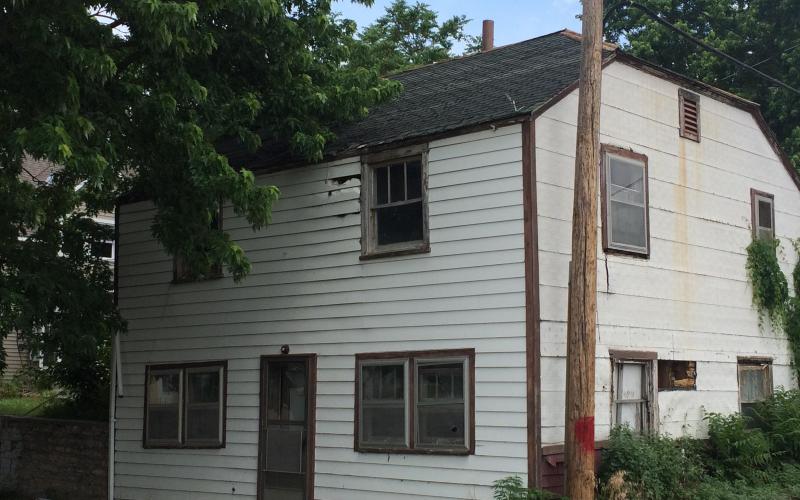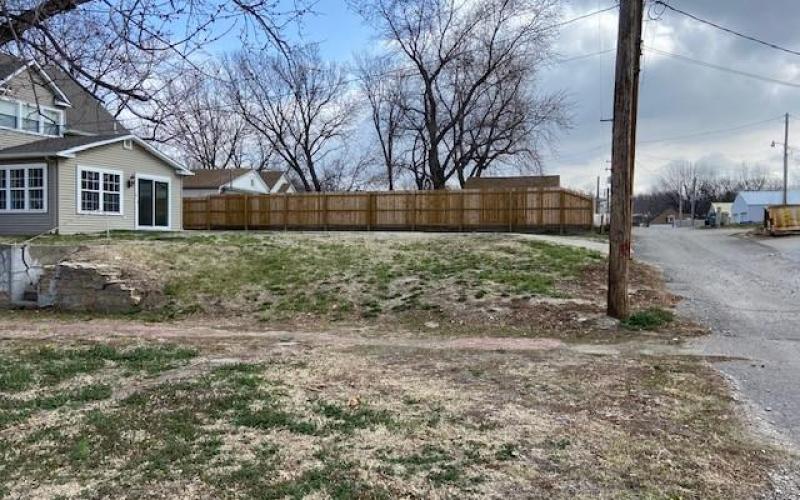Program helping address blight in Concordia
DEMO PROGRAM
In a process that began 15 years ago, the City of Concordia is making a concentrated effort to remove rundown or blighted properties along the city's streets. Since 2008, over 90 structures have been removed or rehabilitated.
“I do believe that these demolition programs address the problem of blight in the community,” said city manager Amy Lange.
The project was initiated in 2007, under former city manager Larry Uri. “The program was crafted by Larry Uri, based on state laws,” said Bruno Rehbein, the city's building inspector. Rehbein's other responsibilities include planning and zoning, zoning enforcement, nuisance abatement, contractor licensing, and subdivision regulations.
The ongoing program has been helped in part by a Community Development Block Grant (CDBG) from the Kansas Department of Commerce (KDOC) for the demolition of dangerous structures.
Funding for the grant is provided in part by the United States Department of Housing and Urban Development (HUD)
“We have structures in the community that do start to fall apart if not maintained properly,” said Lange. “Having a couple options for our residents to help them demolish the structures is good.”
Structures in a non-occupied and dilapidated/dangerous condition were targeted for this program. Property owners were invited to participate on a voluntary basis prior to application, as properties had to be identified prior to the city’s grant application submittal to the KDOC.
“If a city removes a house, it's subject to much stricter regulations compared to a property owner taking down his own house,” Rehbein said. “People have actually purchased homes for the purpose of demoing it because they're tired of looking at it.”
Everyone who wishes to remove a structure must fill out an application for a Demolition Permit. Among the requirements for demoing include erecting barriers such as a snow fence or barricades around the site to protect the public. Additionally, all foundation material and debris has to be removed from the site – it cannot be used for back-fill. Other materials unsuitable for backfill are trees, brush, large rocks, or a detrimental amount of biodegradable material.
“Tearing down something is never profitable, so our local demolition program allows us to partner with a local resident that allows us to assist them in getting those structures down,” Lange said. “We would love to see them rebuild back on those properties. We were fortunate to get the CDBG grants which also helped homeowners take down their properties that were dilapidated or not fit to be living in. I think one of the barriers for people tearing down their properties is that they don't have the financial resources.”
“If we get it (a property) in the demo program, then the cost is shared,” said Rehbein. “The taxpayer cost is half. If we have to condemn a building, taxpayers end up with the total cost.”
On February 15, 2021, the city of Concordia was awarded a CDBG from KDOC for the demolition of dangerous structures in Concordia. Funding for the grant is provided in part by HUD via CDBG ($48,975), and in part through the city of Concordia Demolition Program ($48,975) via its capital improvement plan (CIP).
The North Central Regional Planning Commission (NCRPC) is serving as the grant administrator for the city of Concordia on this grant.
HUD requires no development of the property for five years following the demolition of the structure, which could be a deterrent to program participation.
“Our whole goal is to get those properties back on the tax roll and get a structure back on those properties,” said Lange. “The money that funds the CDBG program in the state rolls down from the federal government through Housing and Urban Development. One of the government's rules is that you can't build back on the property for five years after you tear something down using those CDBG dollars. That's probably the biggest drawback that I see. For some homeowners that's fine; they may not build for five years. They will keep the property well-maintained, and when the five years are up they will build on that property.”
Tearing down a dilapidated structure removes blight, improves curb appeal and the overall look of the neighborhood, even if a structure is not built back on that property right away.
Since 2008, 94 structures have been removed or rehabilitated at a total cost of $238,032.79. That is an average cost to the city of approximately $2,532.36 per structure.
“It's been a very successful program,” Rehbein said. “It's one of the most positive feedbacks that I get.”



